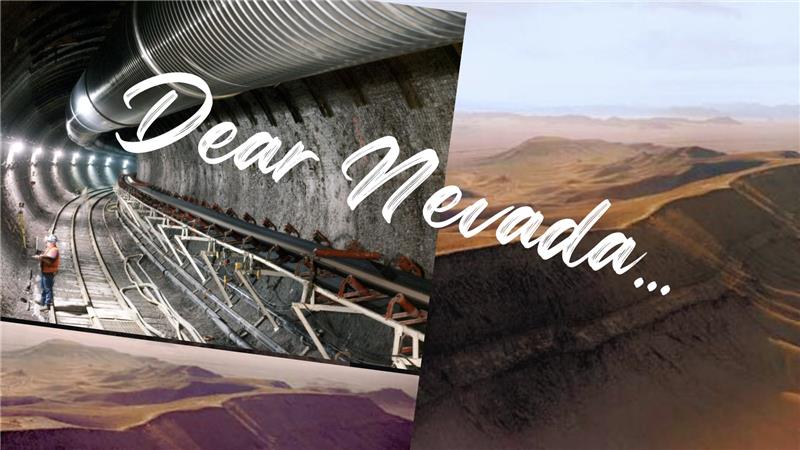“Today’s Challenge, Tomorrow’s Promise”

Craig Piercy
cpiercy@ans.org
The title for this year’s waste management issue of Nuclear News is, in my opinion, the perfect framing to consider spent fuel and waste management as we know it now and how we imagine it could look in the future. So, let’s break it down.
What really is “today’s challenge”? It’s certainly not safety. Since 1955, we have conducted more than 2,500 cask shipments without a single radiological release or incidence of harm to a member of the public. Despite what antinuclear evangelists (in dwindling numbers) might shriek, the industry’s record of storing and transporting used fuel is unassailable.
The lack of progress on a geologic repository isn’t necessarily a challenge to new nuclear development. We already have systems capable of storing used fuel assemblies for more than a century, proven technology with no moving parts.



